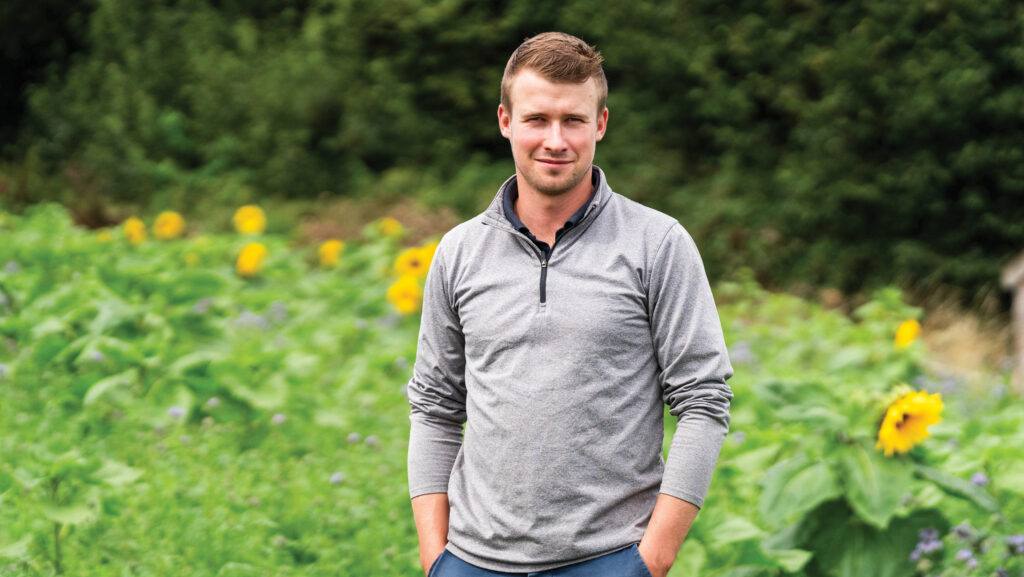Farmer Focus: Second wheats need improvement
 Richard Harris © Emily Fleur
Richard Harris © Emily Fleur Like most, harvest has been pretty straightforward, dry to very wet conditions meant the wheat was coming off between 14-15% so no need for drying – just some cooling through the drier to take the heat out.
Our second wheats came first and were OK considering the middle of November direct-drilling slot.
Yields were around 7.5t/ha of grain and 3.5t/ha of straw.
See also:‘Driest’, ‘earliest’, ‘worst’ – mixed harvest across country
The sample was a little pinched, but I remember thinking last November when drilling it, I would be very happy with this kind of result.
The first wheats were a step ahead yielding somewhere about 9t/ha of grain and 5t/ha of straw, with an improved grain sample over the second wheats.
So a few improvements required for next year’s second wheats.
Having contacted a few friends for their tips, we are going to start off with a summer catch crop of linseed, buckwheat and mustard in between the first and second wheat, to break up the take-all cycle.
This will be followed by compost/cattle farmyard manure, before drilling to feed the crop with potash and phosphate, among a range of micronutrients throughout the growing season.
We will then add a nutrient seed treatment, which should give the plant what it needs over the autumn to ensure a decent establishment.
I feel most of what makes second wheats successful is front-loaded and done before the spring kicks in. So we’ll see how it goes and report back.
Although conditions are Sahara-like out there, the catch and cover crops have been sown into the dust, in hope of some south-westerly August showers.
We have repeated the same cover crop mix as last year of phacelia, buckwheat, vetch, berseem clover and stubble turnips.
Our spring linseed is now turning fast and will be ready by the first part of September.
Being a seed crop, we will not be able to glyphosate it off as in previous seasons, so we will be relying on this weather to even it up, followed by the batch drier to take out the green in the sample and shine it up before it goes off for production.


